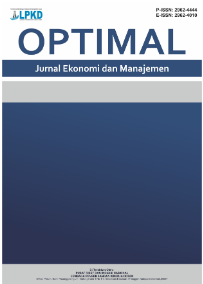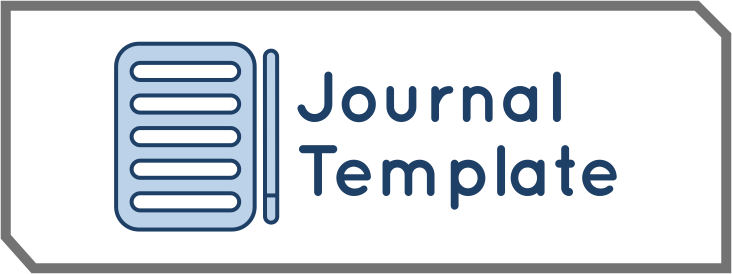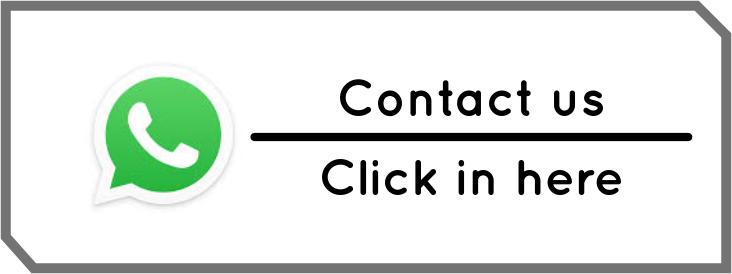Aspek Penerapan Manajemen Risiko Untuk Industri 4.0
DOI:
https://doi.org/10.55606/optimal.v4i2.3453Keywords:
Industry 4.0, risk management, implementationAbstract
Industry 4.0 is a relatively new method of managing production processes. In the field of risk management, as a result of new approaches, modified frameworks, more complex IT infrastructure, and so on, new types of risks may appear. In many cases, the application of Industry 4.0 has shown that the relationship between people, systems, and objects has become a more complex, dynamic, and real-time optimized network. On the other hand, there is the fact that the increase in the volume and availability of data in real time has led to new requirements on infrastructure, management, technology and so on. The purpose of this paper is to conduct research on Industry 4.0 related to the main aspects and present a draft framework for implementing risk management in the Industry 4.0 concept.
References
M. Hermann, T. Pentek, and B. Otto, Design Principles for Industrie 4.0 Scenarios: A Literature Review, 2015.
M. Lom, O. Pribyl, and M. Svitek, Industry 4.0 as a part of smart cities, in 2016 Smart Cities Symposium Prague (SCSP), 2016, pp. 1–6.
2016 Global Industry 4.0 Survey. What we mean by Industry 4.0 / Survey key findings / Blueprint for digital success.
T. Niesen, C. Houy, P. Fettke, and P. Loos, Towards an Integrative Big Data Analysis Framework for Data-Driven Risk Management in Industry 4.0, in 2016 49th Hawaii International Conference on System Sciences (HICSS), 2016, pp. 5065–5074.
M. Schröder, M. Indorf, and W. Kersten, Industry 4.0 and its impact on supply chain risk management, pp. 15–18, 2014.
M. Brettel, N. Friederichsen, M. Keller, and M. Rosenberg, How Virtualization, Decentralization and Network Building Change the Manufacturing Landscape: An Industry 4.0 Perspective, World Acad. Sci. Eng. Technol. Int. J. Mech. Aerospace, Ind. Mechatron. Manuf. Eng. 8(1) (2014) 37–44.
D. Lucke, C. Constantinescu, and E. Westkämper, Smart Factory - A Step towards the Next Generation of Manufacturing, in Manufacturing Systems and Technologies for the New Frontier, London: Springer London, 2008, pp. 115–118.
A. Sanders, C. Elangeswaran, and J. Wulfsberg, Industry 4.0 Implies Lean Manufacturing: Research Activities in Industry 4.0 Function as Enablers for Lean Manufacturing, J. Ind. Eng. Manag. 9(3) (2016) 23.
N. Banaitiene and A. Banaitis, Risk Management in Construction Projects,” in Risk Management - Current Issues and Challenges, InTech, 2012.
S. A. Malik and B. Holt, Factors that affect the adoption of Enterprise Risk Management (ERM),” OR Insight 26(4) (2013) 253–269.
KPMG, Enterprise Risk Management, An emerging model for building shareholder value, 2001.
A. Weber and R. Thomas, Key Performance Indicators: Measuring and Managing the Maintenance Function, 2005.
The Power of Key Risk Indicators (KRIs) in Enterprise Risk Management (ERM).
S. Scandizzo, Risk Mapping and Key Risk Indicators in Operational Risk Management,” Econ. Notes 34(2) (2005) 231–256
M. Stoll, From Information Security Management to Enterprise Risk Management, vol. 313. Cham: Springer International Publishing, 2015
Downloads
Published
How to Cite
Issue
Section
License
Copyright (c) 2024 Defi Seftiana, Sabrina Yolanda Br Nainggolan, Shakira Alaya, Putri Kemala Dewi Lubis, Rossy Pratiwi Sihombing

This work is licensed under a Creative Commons Attribution-ShareAlike 4.0 International License.








